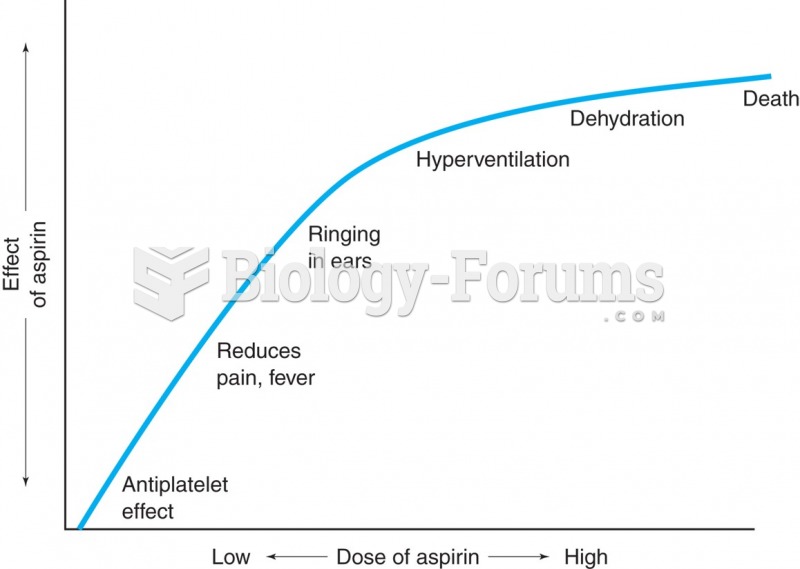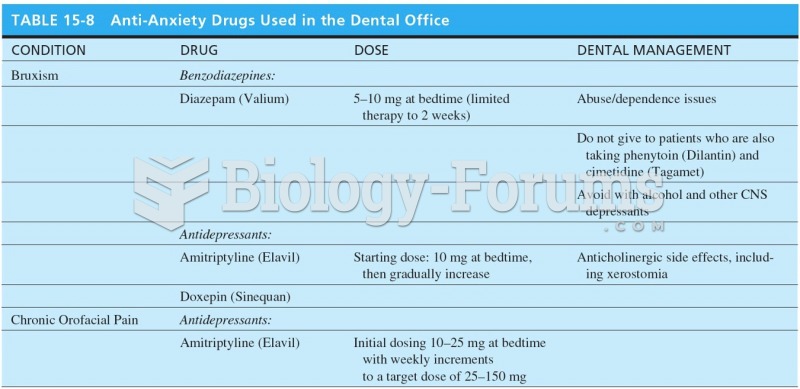Answer to Question 1
Physical System. When a person perceives or anticipates danger, the brain sends messages to the sympathetic nervous system, which produces the fight/flight response. The activation of this system produces many important chemical and physical effects that mobilize the body for action. Cognitive System.Since the main purpose of the fight/flight system is to signal possible danger, its activation produces an immediate search for a potential threat. For children with anxiety disorders, it is difficult to focus on everyday tasks because their attention is consumed by a constant search for threat or danger. When these children can't find proof of danger, they may turn their search inward: If nothing is out there to make me feel anxious, then something must be wrong with me.. Behavioral System.The overwhelming urges that accompany the fight/flight response are aggression and a desire to escape the threatening situation, but social constraints may prevent fulfilling either impulse. For example, just before a final exam you may feel like attacking your professor or not showing up at all, but fortunately for your professor and your need to pass the course, you are likely to inhibit these urges However, they may show up as foot tapping, fidgeting, or irritability (consider the number of teeth marks in pencils) or as escape or avoidance by getting a doctor's note, requesting a deferral, or even faking illness.
Answer to Question 2
Chemical effects. Adrenaline and nonadrenaline are released from the adrenal glands. Cardiovascular effects. Heart rate and strength of the heart beat increase, readying the body for action by speeding up blood flow and improving delivery of oxygen to the tissues. Respiratory effects. Speed and depth of breathing increase, which brings oxygen to the tissues and removes waste. This may produce feelings of breathlessness, choking or smothering, or chest pains. Sweat gland effects. Sweating increases, which cools the body and makes the skin slippery. Other physical effects. The pupils widen to let in more light, which may lead to blurred vision or spots in front of the eyes. Salivation decreases, resulting in a dry mouth. Decreased activity in the digestive system may lead to nausea and a heavy feeling in the stomach. Muscles tense in readiness for fight or flight, leading to subjective feelings of tension, aches and pains, and trembling.







